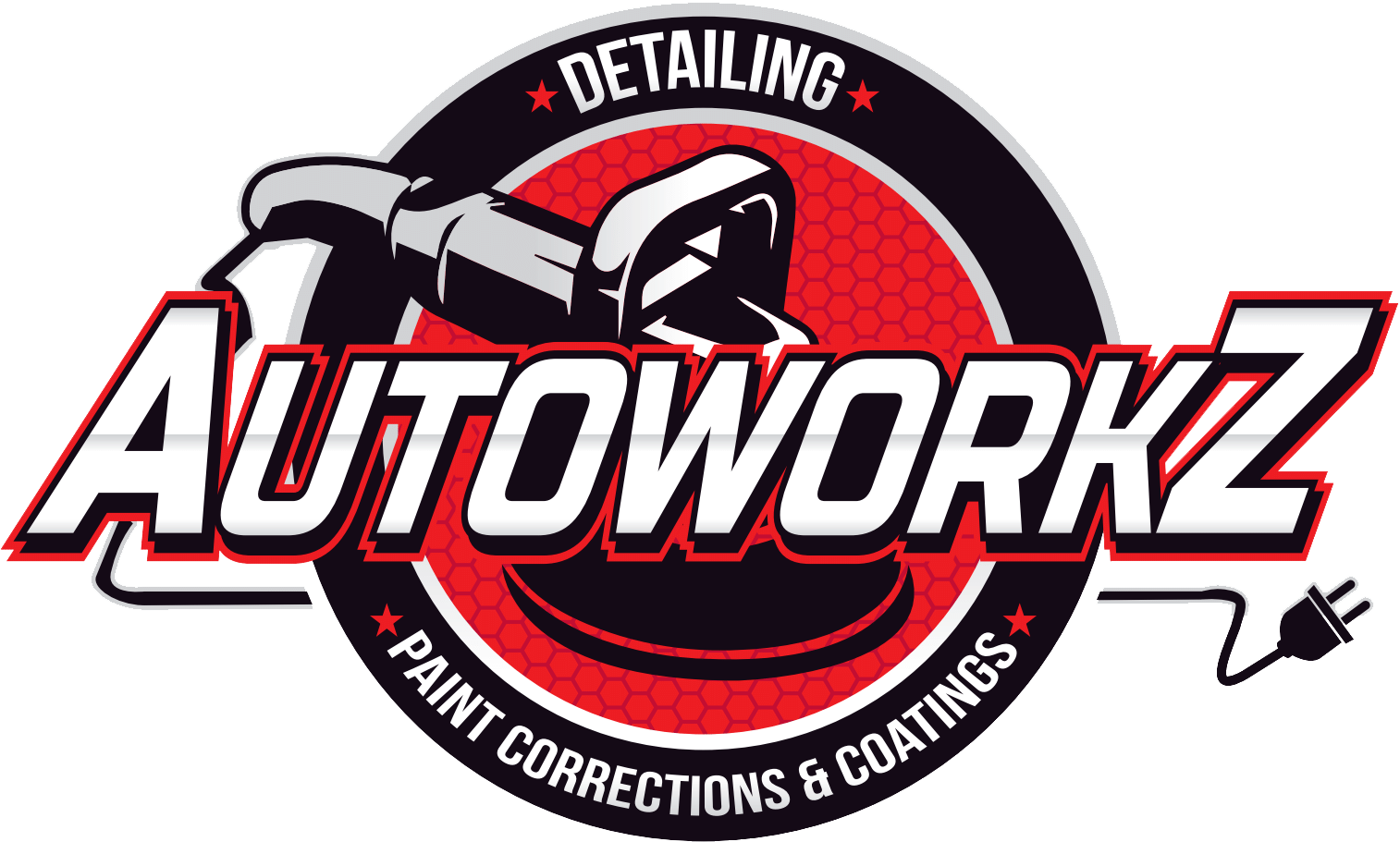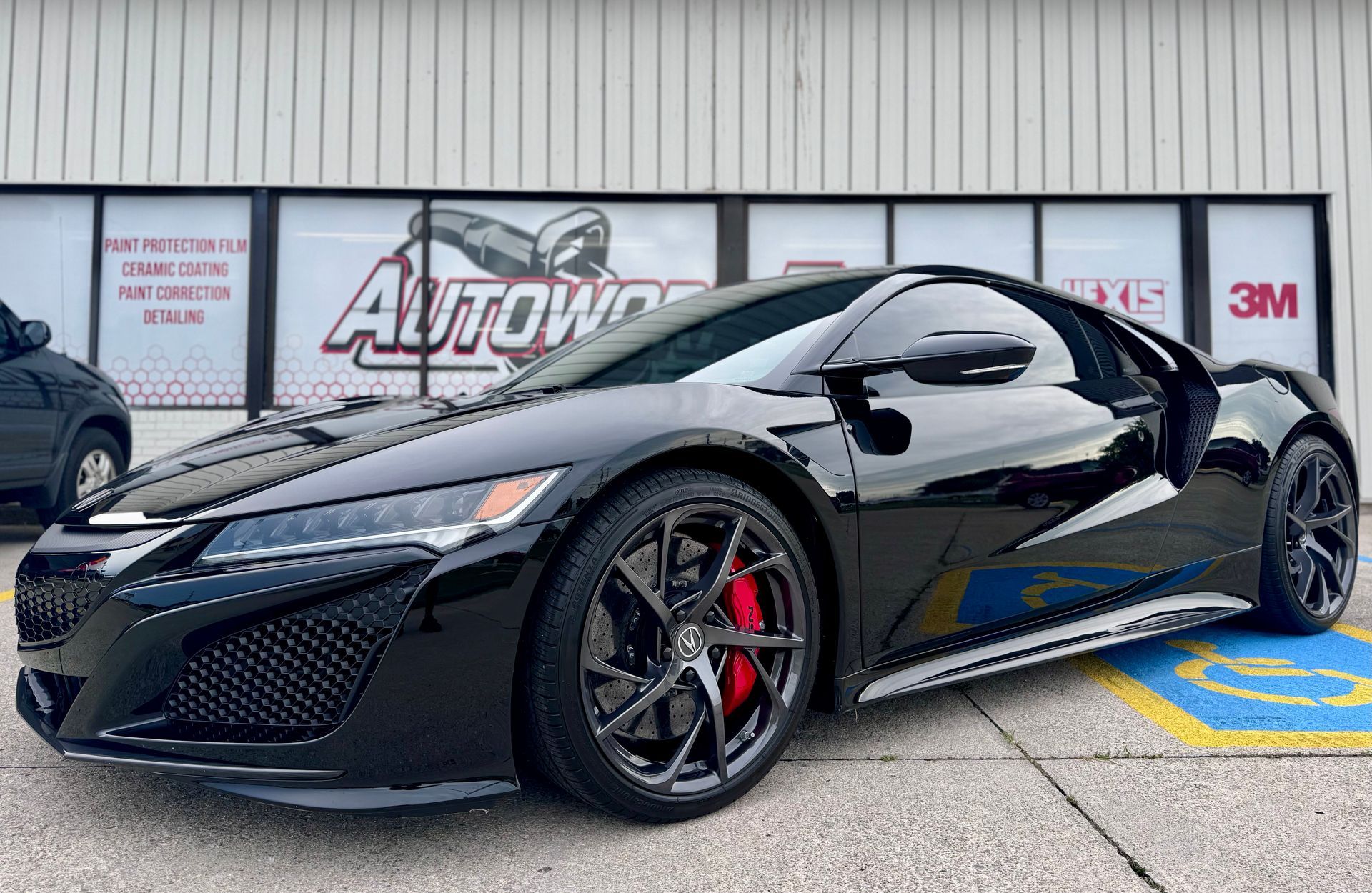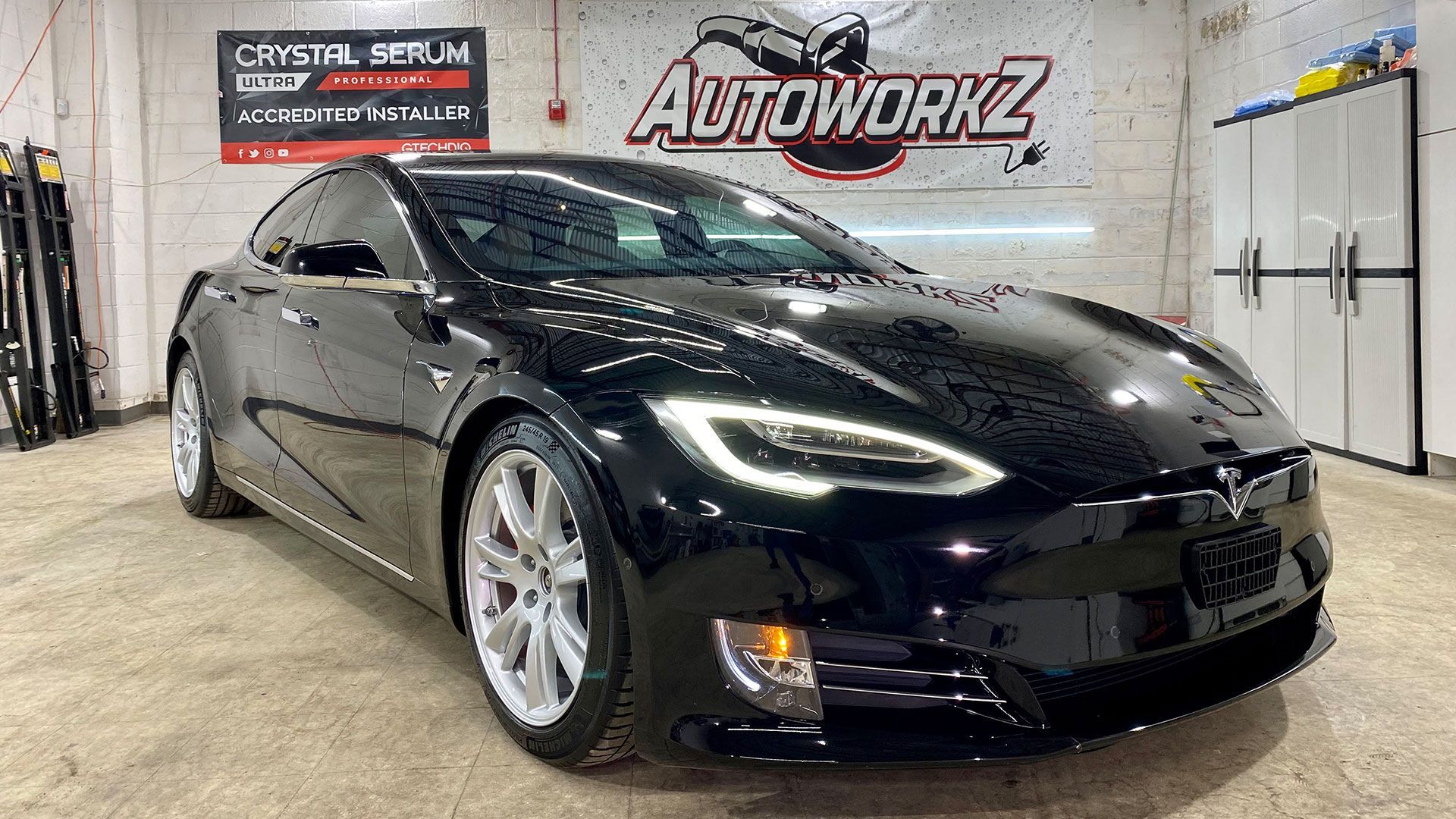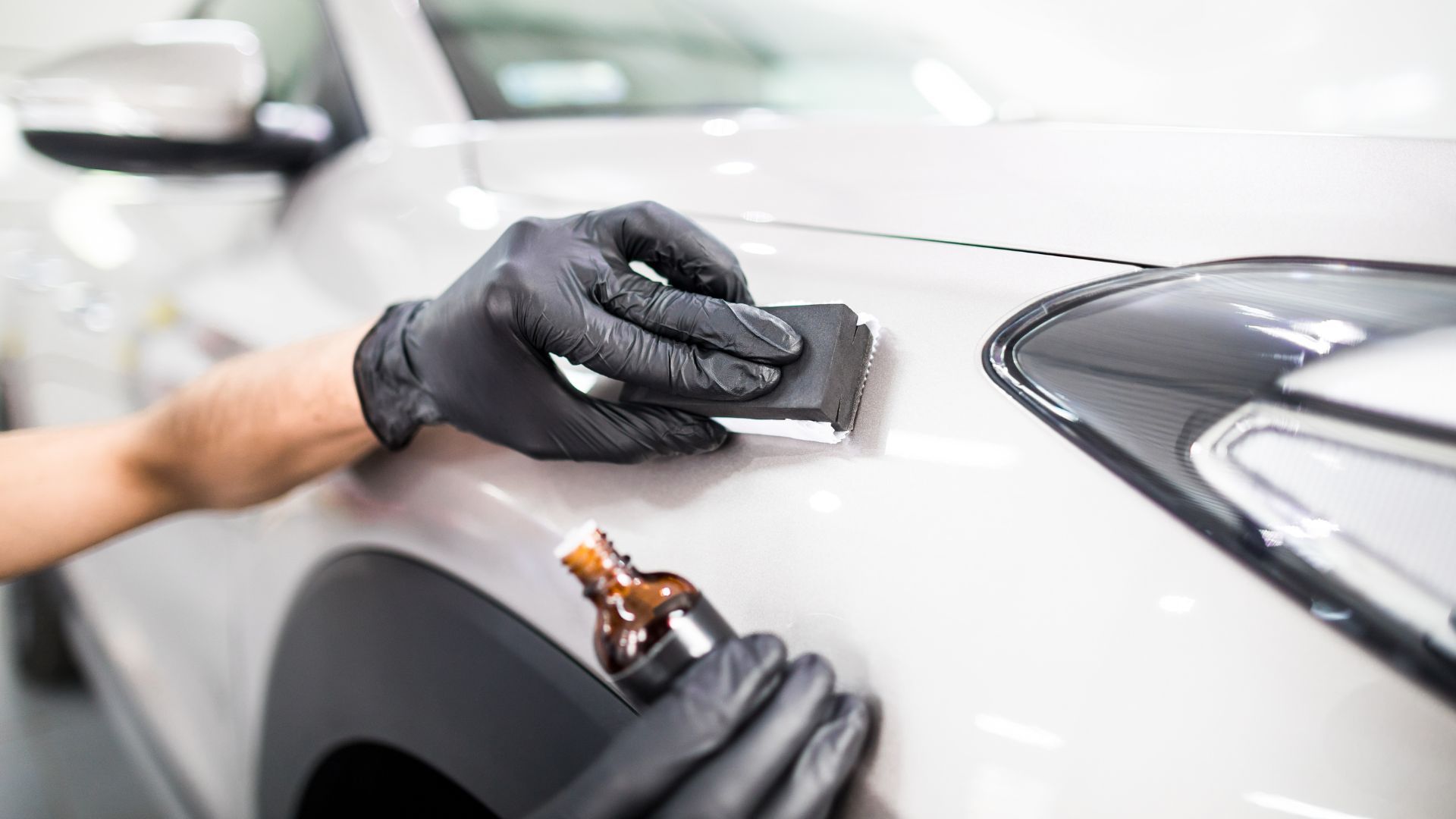Ceramic Coating for Cars: Boosting Durability and Gloss for Ultimate Protection
(256) 890-4089When it comes to keeping our cars looking fresh and protected from the elements, many of us often find ourselves overwhelmed by the countless options available. From regular washes to traditional waxes, car care can feel like a never-ending chore. However, there’s a game-changer in the automotive world that stands out: ceramic coating. Imagine a protective layer that not only enhances your vehicle's shine but also offers long-lasting durability against harsh weather and harmful contaminants. In this article, we’ll dive into what ceramic coating is, how it works, and why it might just be the best investment for your vehicle’s appearance and longevity. Let’s explore how this innovative solution can transform the way you think about car maintenance!
Ceramic coating provides several key benefits for vehicles, including enhanced durability against environmental damage such as UV rays and oxidation, a glossy finish that improves the car's appearance, and a hydrophobic surface that makes cleaning easier. Additionally, ceramic coatings offer chemical resistance against contaminants, helping to maintain the vehicle's aesthetic over time.
What is Ceramic Coating?
At its core, ceramic coating is a liquid polymer substance applied to the exterior of your vehicle. When properly applied, it forms a strong chemical bond with the factory paint, acting as a protective layer that significantly enhances the durability of your car's finish. Unlike traditional waxes that often need reapplication every few months, ceramic coatings can last anywhere from two to five years. This longevity allows car owners to enjoy their vehicle's shine without constant upkeep.
The beauty of ceramic coating lies in its remarkable properties. It creates a hydrophobic surface—meaning it repels water and dirt—making it much easier to maintain your vehicle's aesthetic appeal. Picture driving through a rainstorm; instead of water clinging and leaving marks, it simply beads off and rolls away, taking dirt and grime with it. Not only does this protect the paint underneath, but it also means fewer trips to the car wash!
Key Features of Ceramic Coating
While traditional wax offers some protection and gloss, ceramic coatings take it several steps further. They provide superior resistance against harsh chemicals like bird droppings or road grime that might otherwise damage standard finishes over time. For many car enthusiasts and everyday drivers alike, ceramic coatings truly transform car maintenance. Imagine transitioning from routine wax applications—each often requiring tedious buffing and waiting—to simply rinsing your car down and wiping it with a microfiber cloth. That’s the magic these coatings bring into car care.
With such impressive features and benefits, it's clear that increasing numbers of vehicle owners are embracing advanced solutions for optimal protection. As we explore further, you'll discover how these innovations translate into tangible advantages for everyday drivers.
Key Benefits for Car Owners
One of the most impressive aspects of ceramic coatings is their enhanced durability. Unlike traditional waxes that offer protection for only a short time and must be reapplied after just a few washes, ceramic coatings create a lasting shield on your vehicle's surface. This protective layer can endure for as long as five years with proper application and care. Imagine less fussing over waxing chores and more time enjoying the shiny finish of your car, knowing it’s safeguarded from everyday wear and tear.
The next significant advantage to consider is UV and oxidation protection. UV rays are relentless, causing damage over time that leads to faded paint and dullness. Oxidation is another common enemy that ages your vehicle prematurely. Fortunately, a ceramic coating acts like a sunscreen for your car. It provides excellent resistance against UV rays, protecting the clear coat and the underlying paint from degradation while keeping the vehicle looking vibrant and new for much longer.
Speaking of protection, let’s examine another critical asset of ceramic coatings: their chemical resistance. Everyday contaminants—like bird droppings, tree sap, and even acid rain—often spell disaster for unprotected paint. These elements can cause blemishes or etch marks, leaving unsightly scars on your beloved car. However, ceramic coatings form an effective barrier that repels these harsh substances, ensuring they slide right off instead of bonding with the paint. A recent survey found that an astonishing 85% of ceramic-coated car owners reported substantially less damage from environmental contaminants than those without such protection; this statistic speaks volumes about the value ceramic coatings offer.
The benefits of investing in ceramic coatings extend far beyond mere appearances—they significantly impact the long-term health and longevity of your vehicle. With their durability, UV resistance, and chemical shielding qualities, ceramic coatings become an essential component in maintaining your car’s pristine condition effortlessly. To fully appreciate these advantages, exploring the foundational aspects of how these coatings function will shed light on their impressive effectiveness.
The Science Behind the Coating
Ceramic coatings might sound like a magic potion, but their effectiveness is grounded in solid scientific principles. The key ingredient in these coatings is silicon dioxide (SiO2), which works by forming a nano-ceramic shield over your car's paint. This isn't just a simple protective layer; it's the result of complex chemical interactions that elevate your vehicle's surface protection.
- The Chemical Bond: Once applied, the SiO2 molecules initiate a fascinating process by forming a robust chemical bond with the paint molecules beneath them. This bond can be likened to a friendship forged in extreme conditions; it is incredibly hard and durable, ensuring that your vehicle is well-protected and visually stunning over time. Most importantly, this strong bond effectively repels water and contaminants, making maintenance easier. Speaking of water repellency, let's explore how this principle uses advanced technology to enhance performance.
- Nano-Technology: Imagine for a moment millions of microscopic interlocking tiles covering your car's surface. These tiny tiles form a smooth yet remarkably solid barrier that dirt and water can't stick to. Think about it like this: when you pour water on a non-stick pan, instead of spreading out and making a mess, the water beads up and rolls right off without leaving behind any residue. That’s precisely how ceramic coating performs on your vehicle’s surface—optimizing cleanliness while minimizing effort.
In fact, research from 2023 revealed that ceramic-coated cars maintained an impressive 90% of their gloss and UV resistance even after enduring harsh environmental conditions for two years. That's not merely good news for aesthetics; it translates into real savings on upkeep and future repairs. Understanding this science is crucial as we examine how to utilize these properties effectively through proper application techniques to ensure you reap the maximum rewards from your investment.
Step-by-Step Application Process
Applying a ceramic coating is more than just a routine task; it's an art form that offers immense rewards once completed. The very first step in this meticulous journey is to prepare the surface. This cannot be overstated—thoroughly washing and drying your car is crucial. Use a high-quality pH-neutral car shampoo to gently lift away dirt and grime without damaging the paint. Picture yourself methodically detailing every inch, ensuring no spot is missed because any lingering contaminants can get sealed beneath the protective layer, compromising its effectiveness. After achieving a spotless exterior, we must turn our attention to paint correction and decontamination, key components that elevate the overall finish.
Using a clay bar is a game changer in this stage. This magical tool removes embedded particles that regular washing simply can't reach. It’s like giving your paint a deep clean, leaving it smooth and ready for its protective shield. If you spot scratches or swirl marks during this process, consider using a dual-action polisher with a suitable compound for paint correction. This step ensures that the surface not only looks good but also maximizes the bond between the coat and your vehicle's paint.
Once your surface gleams like glass, it's time to apply the ceramic coating itself, which is where your careful preparation begins to pay off. Following the manufacturer's instructions—always critical for success—take your applicator pad and begin applying the ceramic coating solution. Work in small sections; I recommend about 2x2 feet at a time to maintain control as well as even coverage. Aim for a thin layer; remember, thicker doesn’t always mean better when it comes to coatings. As you glide the applicator across the surface, imagine you're crafting a delicate layer of armor that will protect against the elements, sealing in your vehicle’s beauty.
When you've completed the application process, there's still one crucial step remaining: curing. Now it’s time to buff and cure. Lightly buffing with a microfiber cloth helps eliminate any excess product and achieves that glossy finish you crave. But don’t rush—this phase is essential. To allow your ceramic coating to cure optimally, refrain from exposing your car to water or abrasive materials for at least 24 hours; longer if specified by the manufacturer. Proper curing not only enhances durability but also ensures that all efforts made through these steps don't go to waste.
It's important to emphasize that while applying ceramic coating is significant, proper maintenance afterward will keep those protective qualities intact for years to come. Keeping up with regular washes and maintenance is crucial in preserving that beautiful shine while ensuring maximum longevity of your investment. As you focus on protecting your investment with ceramic coating, understanding how to care for it effectively will play an equally vital role in maintaining its benefits over time.
Essential Maintenance Tips
Keeping your ceramic-coated car in pristine condition isn’t just a chore—it’s part of ensuring you get the most out of your investment. Regular washing is necessary, and ideally, you should wash your car every two weeks using a pH-neutral shampoo. This type of shampoo avoids damaging the ceramic layer while effectively removing dirt and grime.
When washing, remember to work gently; abrasive materials can leave micro-scratches that diminish the coating's protective capabilities. It might seem tedious to follow such protocols, but your vehicle truly deserves this level of care. One crucial aspect to keep in mind is avoiding harsh chemicals. Acidic or alkaline cleaners can weaken the bond that holds your ceramic coating intact. Instead, opt for gentle products specifically designed for ceramic coatings. This will not only protect the finish but also prolong its lifespan significantly.
As you wash your car, be mindful of the tools you use. Microfiber cloths are your best friends here. They’re soft enough not to create swirls in the finish yet effective at lifting away contaminants without scratching the surface. Another key point is to regularly check for water spots after washing. Water spots form from mineral deposits left behind as water evaporates. If spotted early and wiped away immediately, they can usually be removed with a quick buff using a damp microfiber cloth. Ignoring these spots can lead to etching into the ceramic coating and compromise its appearance.
It’s also important to periodically assess the integrity of the ceramic coating itself—especially for hydrophobic properties. If you notice that water no longer beads on the surface like it used to or that dirt sticks more than before, it may be time for a reapplication of a booster spray or even a complete strand of new coating altogether. Many users don’t realize how essential this check-up is until they see a decline in performance.
In fact, statistics suggest that following these maintenance tips can extend the life of your ceramic coating by up to 50%. That means more time enjoying that glistening finish and less time worrying about costly repairs down the line. When all these maintenance practices come together, you're not just preserving aesthetics; you're also enhancing durability and protecting your investment in ways you might not have initially considered. Moving forward, it's valuable to explore how these care practices compare against their costs and benefits.
Assessing Cost vs Benefits
When contemplating whether to invest in ceramic coating for your vehicle, it becomes essential to weigh the initial costs against the long-term advantages. Professional-grade ceramic coatings can range significantly; for instance, you might be looking at prices from around $800 for smaller cars all the way up to $2,500 or more for larger SUVs and trucks. This wide price variance generally reflects how labor-intensive the application process is as well as any specific complexities involved with your vehicle's make and model.
On the other hand, if you're considering a DIY approach, the investment drops dramatically. Many consumer-grade options start at just $50 and can go up to about $150, offering an appealing alternative for those willing to apply it themselves. While upfront costs are crucial in this decision-making process, ongoing expenses associated with car maintenance also come into play. Some skeptics argue that ceramic coatings don't justify their price tag because they still require regular upkeep. Yet enthusiasts counter that these coatings save time and money over time by reducing the frequency of professional waxing and detailing sessions.
Long-Term Savings
The beauty of ceramic coating lies not only in its immediate advantages but also in its potential for long-term savings. Imagine not having to schedule frequent detailing appointments or worrying about environmental contaminants causing irreversible damage to your paint job—this scenario could translate into substantial savings over the years.
Evaluating longevity is another critical factor. Durable ceramic coatings can last seven years or longer when properly applied. If you were previously spending hundreds annually for waxing treatments before switching to a ceramic coating, doing the math could reveal quite an impressive return on investment. Ultimately, weighing costs against benefits involves examining numerous facets: your driving habits, local weather considerations, and how much effort you’re willing to invest in maintenance after applying ceramic coating. By understanding all aspects collectively, car owners can better navigate whether this protective layer is indeed worth their while.
Investing in ceramic coating may seem daunting at first, but the long-term benefits often outweigh the initial costs, making it a smart choice for many vehicle owners. The decision ultimately rests on thorough consideration of personal needs and circumstances.
Ultimate Ceramic Coating Protection in Huntsville, AL
Give your vehicle long-lasting shine and superior protection with AutoworkZ Detailing’s professional ceramic coating services in Huntsville, AL. Our advanced coatings create a hydrophobic barrier that repels dirt, water, and contaminants while enhancing your car’s gloss and color depth. With expert application and top-tier products, we ensure your paint stays protected against oxidation, UV damage, and everyday wear. Keep your ride looking its best in any season—book your ceramic coating service with AutoworkZ Detailing today!
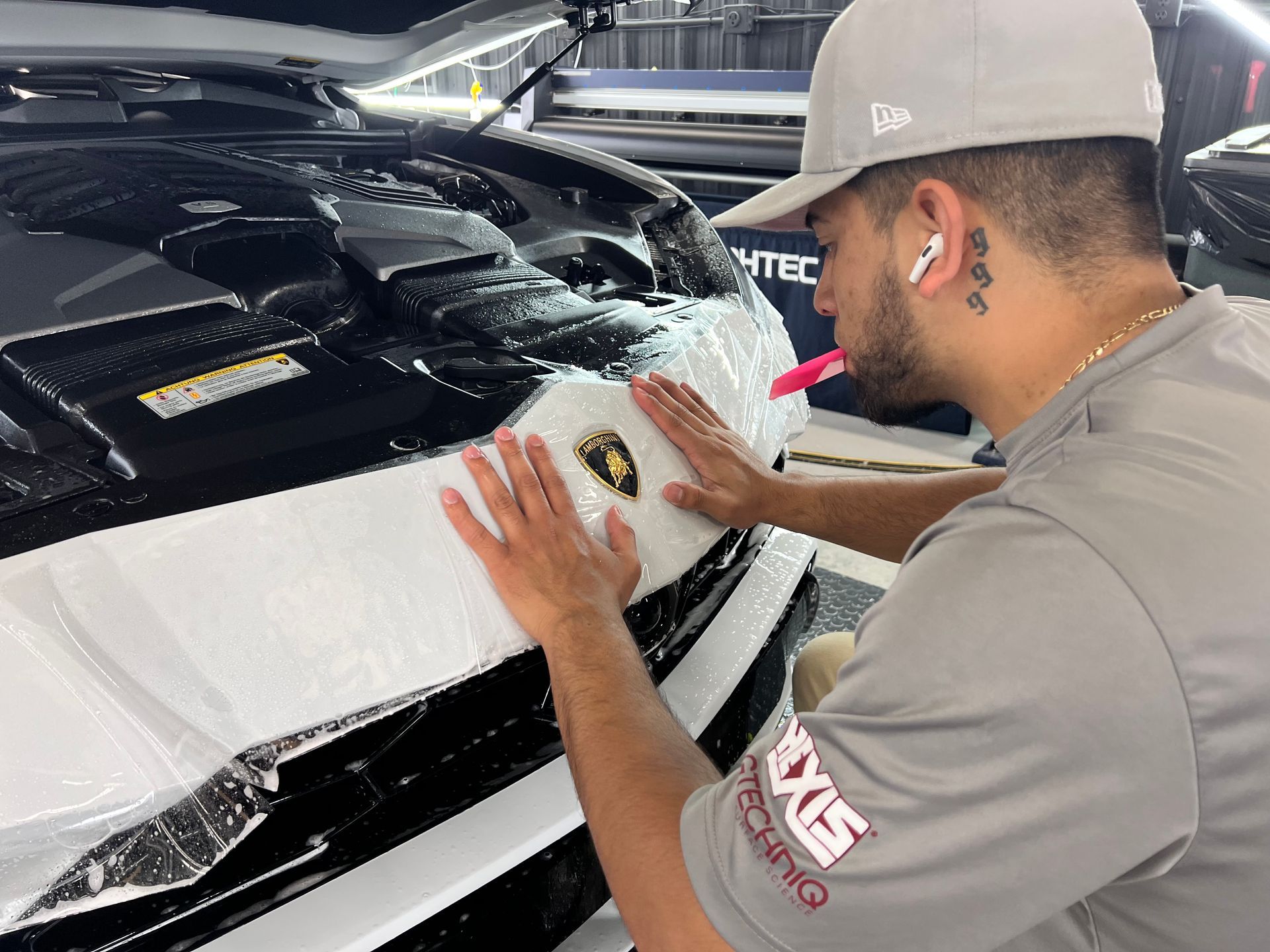
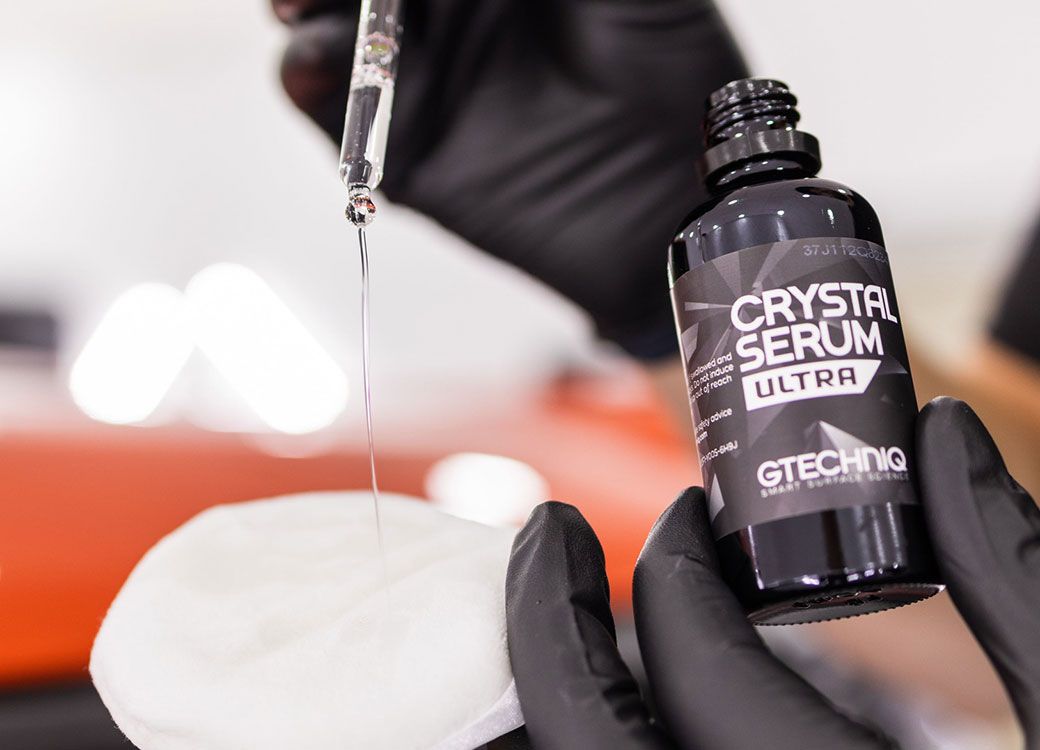
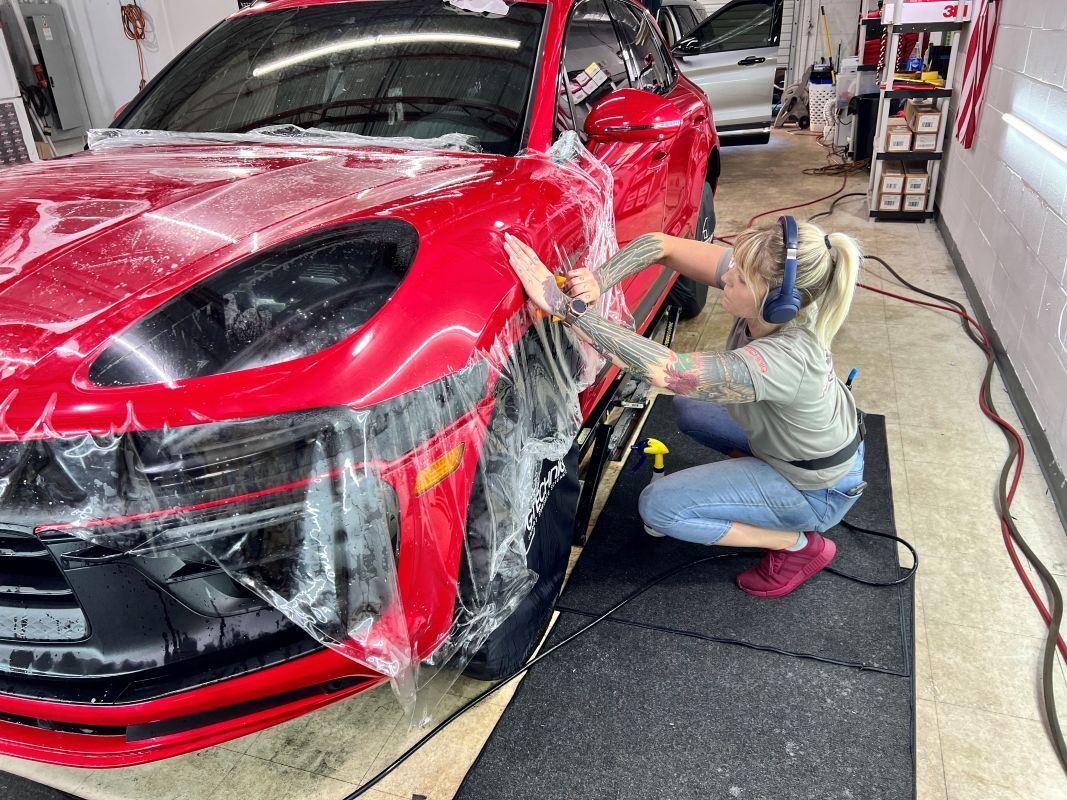
Protect Your Investment
AutoworkZ Detailing was founded in 2019, becoming the Huntsville, Alabama area’s leader in Gtechniq Ceramic Coatings and Hexis Paint Protection Film package installation! We firmly believe that your vehicle is an investment, not a liability. By granting our professional auto detailing shop the ability to protect, enhance, and IMPROVE the condition of your exterior and interior, you secure that investment and watch it bring tremendous value to your life over time. On top of our paint and surface protection packages, we also offer window tint installation, paint correction, and an expansive range of top-tier interior, exterior, and full detailing services as well.
Our Location
2425 Jordan Lane NW
Huntsville, AL 35816 United States
Contact Us
Phone: (256) 890-4089
Email: autoworkz4u@gmail.com
Additional Service Areas
Designed by the team at Detailers Roadmap, a platform developed for detailing operators across the globe.
All Rights Reserved | 8bitcreative, LLC | AutoworkZ
